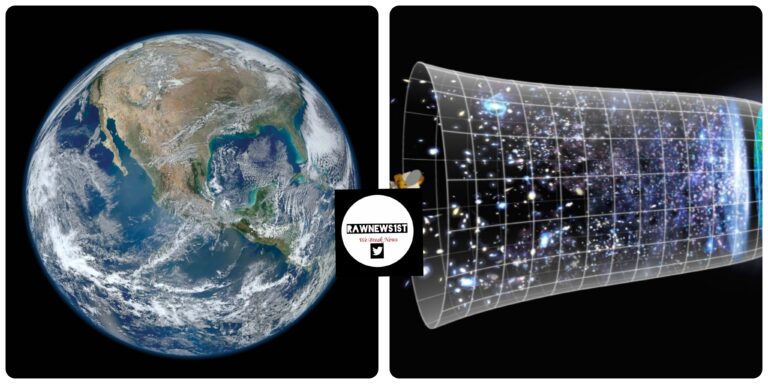
Japan is building an ‘elevator to space’ for humans to experience what space looks like in person by 2025.
A space elevator would have less risk of exploding than rockets, and would give people other than astronauts the opportunity to travel to space.
Japanese construction group Obayashi has been conducting research and development on a space elevator, predicting that if construction of a spaceport began in 2025, a station.
The Space Elevator will connect Earth to outer space using a 96,000 km-long CNT cable. The cable, which stretch through the Earth atmosphere, will carry materials and people using wheeled lifts called “Climber”.
How to Build a Space Elevator
- Building materials for the space lift will be delivered by a rocket in several stages to build a spaceship at low Earth orbit (LEO).
- The spaceship will use electric propulsion to move up as it circles around the Earth, reaching geostationary Earth orbit (GEO). That is where it will start to rotate at the same speed as the Earth’s rotation.
- Once the spaceship reaches an altitude of 36,000 km, it will move up while releasing the CNT cable with thrusters attached to its tip. After 8 months from the rocket launch, the cable will reach the Earth surface.
When the spaceship reaches an altitude of 96,000 km, it will then become a counterweight. - Climber for construction goes up while attaching reinforcing cables and joins the counterweight at the top. By reinforcement about 500 times, a 100-tonne climber can be used.
- With the completed Climber, materials will be carried to an altitude of 36,000 km to complete the GEO station.
- Earth Port is a gateway to space on Earth. The Earth Port is built in two sections, one on land at the equator and one at sea, connected by an undersea tunnel.
Once the space lift is built, it will be less expensive to go into space and more sustainable as there is no fuel or toxic chemicals waste.





